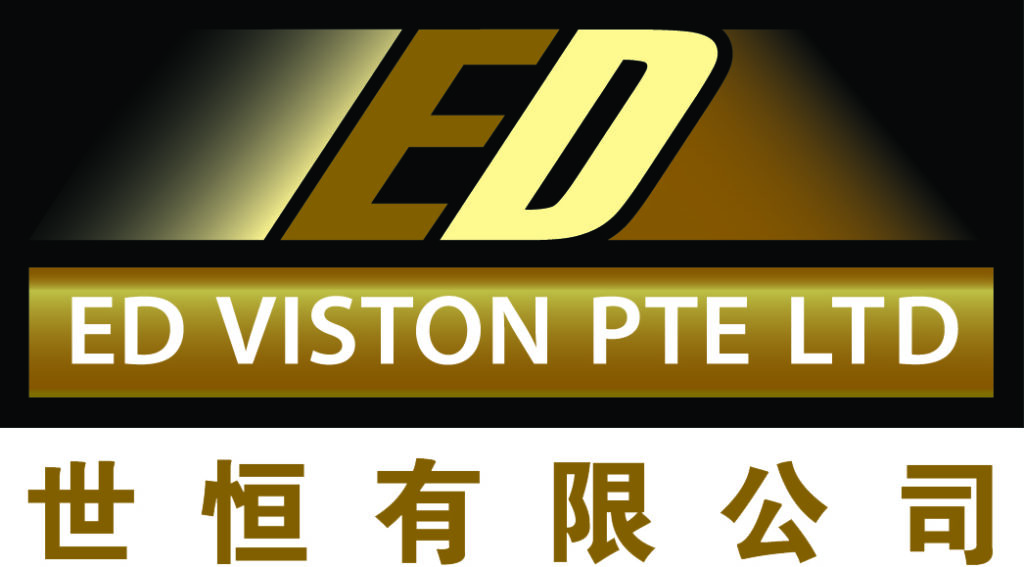In the world of security systems, knowing the price gap between Network Video Recorders (NVR) and Digital Video Recorders (DVR) is key for people in Singapore. NVR systems usually cost more, and several reasons explain this. We will look into how new tech, better image quality, and setup needs impact prices.
Understanding these differences is important for making smart choices about your surveillance tech.
Key Takeaways
- NVR systems generally cost more than DVR systems due to advanced technology.
- Understanding the differences is essential for effective security investments.
- Factors such as image quality and installation complexity affect overall pricing.
- Consumers should evaluate their needs to choose the right system.
- The growing demand for sophisticated surveillance technology influences market prices.
NVR vs DVR: A Brief Overview
When it comes to video recording technology, knowing the difference between NVR and DVR systems is key. The NVR overview shows that Network Video Recorders work well with Internet Protocol (IP) cameras. They offer high-quality video and features like remote access and advanced analytics. This makes them great for growing systems and working with other smart devices.
The DVR overview talks about Digital Video Recorders, which connect to analog cameras. These systems change analog footage to digital for storage. While DVRs are cheaper upfront, they don’t have the same features and flexibility as NVRs.
In short, choosing between NVRs and DVRs depends on your surveillance needs and what technology you want. Both NVRs and DVRs are important for improving security through dedicated monitoring solutions.
Understanding NVR Systems
NVR systems, or Network Video Recorders, use IP cameras for top-notch video surveillance. They record in high definition, making sure every detail is clear. This is key for effective monitoring.
NVR systems can handle complex tasks like facial and license plate recognition. These features boost security in many places, like businesses. They connect via Ethernet cables, making it easy to link with other networks.
One big plus of NVRs is remote monitoring. Users can check their surveillance from anywhere. This is a big deal for businesses that need to keep an eye on their premises all the time.
Getting started with NVR systems might cost more than DVR systems. But, the benefits and flexibility make it worth it. NVRs can grow with your security needs. For more on NVR and DVR differences, check out this resource.
Understanding DVR Systems
DVR systems use older analog technology to handle video from analog cameras. They often use coaxial cables for transmission, making them a traditional choice in video surveillance. While they are cost-effective, they face several challenges that can impact their long-term value.
Video quality is a big issue. DVR systems usually have lower resolution than newer digital systems. This can make monitoring and investigation less effective. Scalability is also a problem. As security needs grow, it can be hard to expand these systems due to hardware limits and the complexity of adding new parts.
Another challenge is the cost of ongoing maintenance. Users might need extra parts for features like audio recording, which can increase expenses. These issues show the main differences between DVR systems and more advanced video surveillance options. The latter often offer better performance and flexibility.
Why is NVR more expensive than DVR?
NVR systems cost more upfront than DVRs. This is mainly because NVRs use advanced technology. They have IP cameras, which capture clearer images than DVR’s analog cameras.
NVRs also come with features like remote access and smart analytics. These allow users to watch their homes from anywhere. This adds value to the system, making it more expensive.
The storage used in NVRs is another reason for the higher cost. NVRs use network-attached storage (NAS), which is pricier than DVR’s hard drives. This ensures the system can handle more data as surveillance needs grow.
Technological Differences Between NVR and DVR
Looking at NVR and DVR technology shows why pros often pick one. NVR systems use network connections to handle video data at the camera. This setup means better quality recordings and features like remote access and advanced analytics.
DVR systems, on the other hand, process video internally. This leads to lower quality and fewer advanced features. The main difference in how these systems record video affects their use and performance. NVR systems offer better capabilities, like better integration with modern security systems.
- NVR technology makes it easy to scale and install flexibly.
- DVR technology needs more complex installations because of coaxial cables.
- NVR systems process data faster, making them more efficient, even in big setups.
The way NVR and DVR systems handle data shows big differences in installation, upkeep, and infrastructure needs. Knowing these differences helps buyers make smart choices based on their needs and budget.
Camera Compatibility and Its Impact on Cost
NVR systems work with IP cameras, which are more advanced than analog cameras used with DVRs. The difference in NVR camera compatibility and DVR camera types is key when looking at costs. IP cameras usually cost more because they have more features and capabilities.
Switching from DVR to NVR often means buying new cameras or extra gear. This change can raise installation costs a lot. The main cost increase comes from needing to update the whole system, including cameras and networking equipment.

Businesses might also find extra costs for setting up and configuring the new camera systems. Knowing about compatibility is important for smart surveillance investment choices.
Image and Audio Quality Comparison
When we look at NVR and DVR systems, video quality differences stand out. NVR systems have better image clarity thanks to higher megapixel cameras. This means they can capture more details, making it easier to spot people and objects in videos.
NVR audio quality is also a big plus. Many NVR systems can record sound right along with video. This makes it easier to understand what’s happening in any footage. On the other hand, DVR systems need extra wiring for sound, which can make setup harder and more expensive.
DVR systems also can’t match the quality of NVR setups. Their lower DVR image resolution can lead to blurry or missing parts in videos. In today’s world, where security is key, these differences in quality are very important.
Installation Differences Between NVR and DVR
Setting up NVR and DVR systems is quite different. NVR installation is easier thanks to Power over Ethernet (PoE). This technology lets one cable carry both power and data, cutting down on cables.
DVR setups, on the other hand, are more complicated. You need many cables to connect each camera to the recorder. This DVR setup complexity makes the job longer and more expensive, adding to the hassle.
NVR installation is simpler and cheaper, working well for homes and businesses. Knowing these differences helps people choose the right system for their needs.
Scalability and Flexibility of Surveillance Systems
NVR systems are great for NVR scalability. They let businesses easily change their surveillance setups. Adding more cameras is simple, without the need for a lot of rewiring. This makes it easy to meet changing security needs.
DVR systems, on the other hand, are less flexible. Growing a DVR system is hard and often requires big changes. These changes can cause downtime and disrupt operations.
For expanding surveillance systems, NVR is the better choice. It’s perfect for places that need to grow. Businesses should think about how flexible their security needs are now and in the future.
Cost Analysis: NVR vs DVR
Choosing between NVR and DVR systems is a big decision for anyone looking to invest in security. The NVR vs DVR costs go beyond just the initial price. NVR systems cost more upfront because of their advanced tech and features. But, they often need less maintenance over time.
DVR systems, on the other hand, are cheaper at first. This can be a big plus, but there might be hidden costs later. These include ongoing maintenance, the need for upgrades, and limits when you want to grow your system.
- Initial Costs: NVRs usually cost more at the start compared to DVRs.
- Maintenance: NVR systems often have lower long-term maintenance costs.
- Expansion Capabilities: DVR systems might cost more when you try to expand them.
When deciding, it’s key to think about your budget and future security needs. A detailed analysis helps you make a smart choice. This ensures your security investment fits your long-term plans.
Factors Affecting NVR Pricing
When looking at NVR pricing, it’s key to see how new tech changes costs. New features like cloud storage and advanced video analytics can make NVR systems more expensive. But, these upgrades bring better performance and accuracy, making them good choices for those who value security.
The variety of features in different NVR models also affects prices. More advanced systems often have features that make monitoring easier. This means they are more useful, but they also cost more. Knowing what you need helps you choose the right NVR for your budget.
The growing need for better surveillance solutions also plays a part in pricing. As companies focus more on safety, the value of NVR systems goes up. This leads to more advanced features and higher costs. This situation helps consumers make better choices when picking an NVR system.

